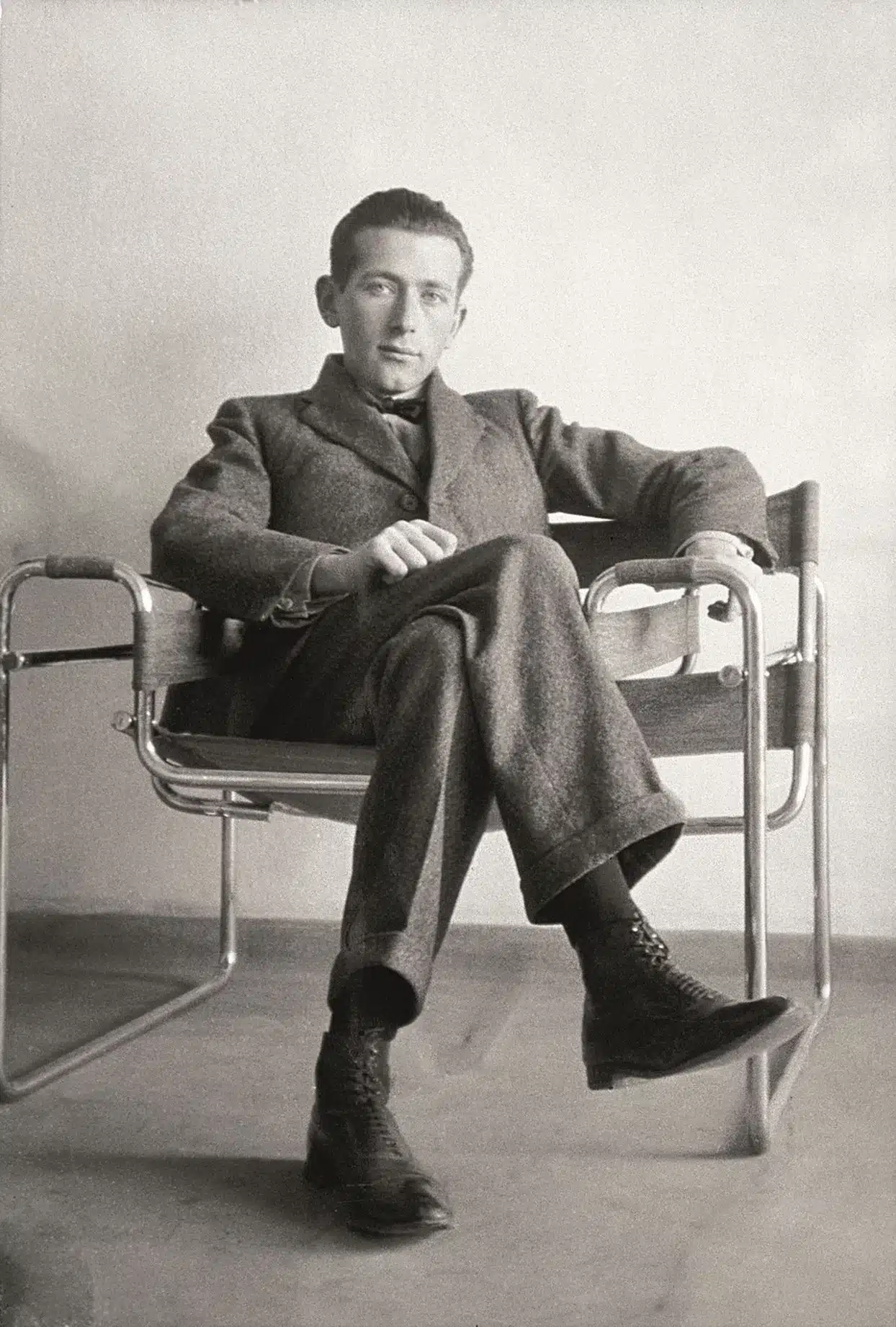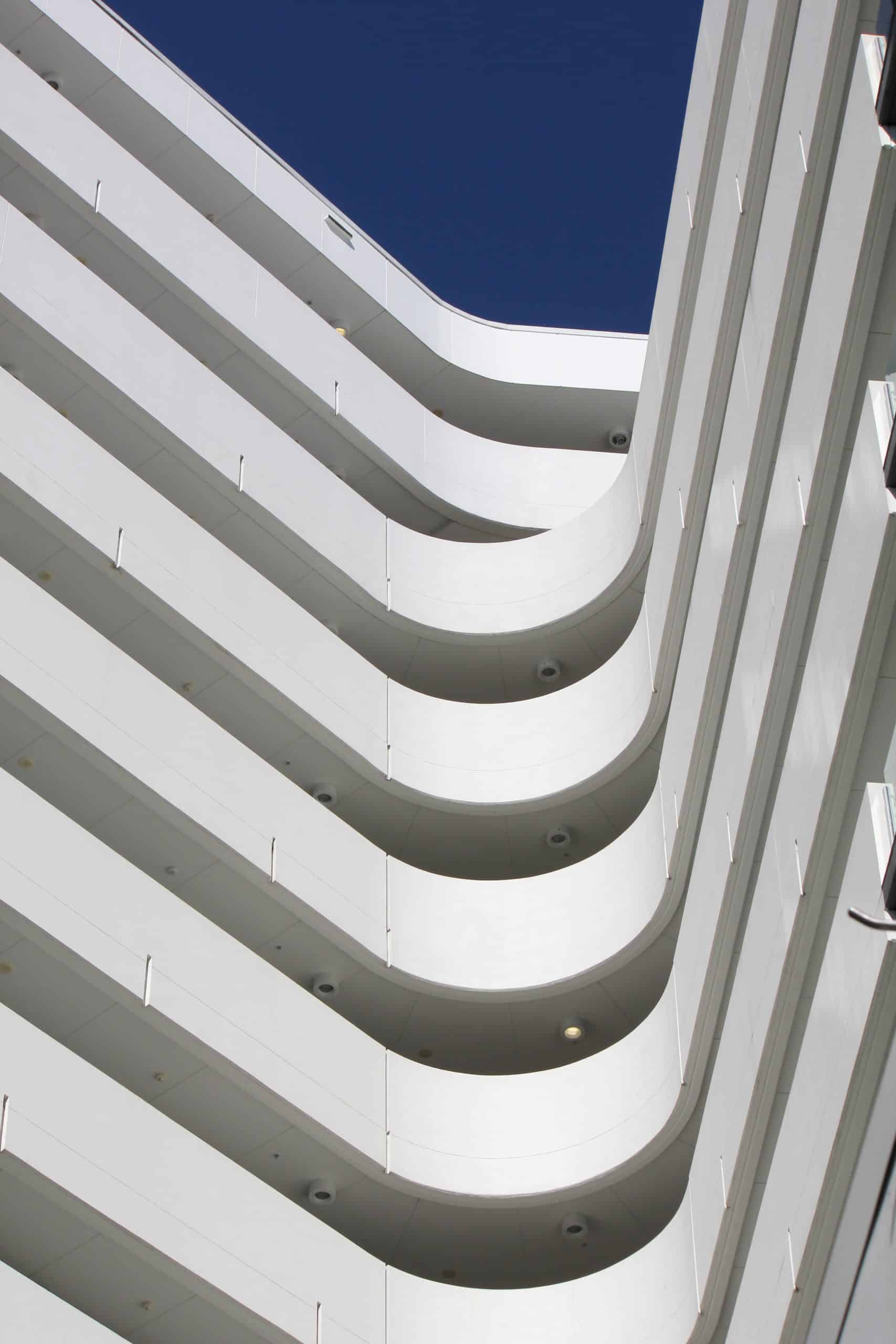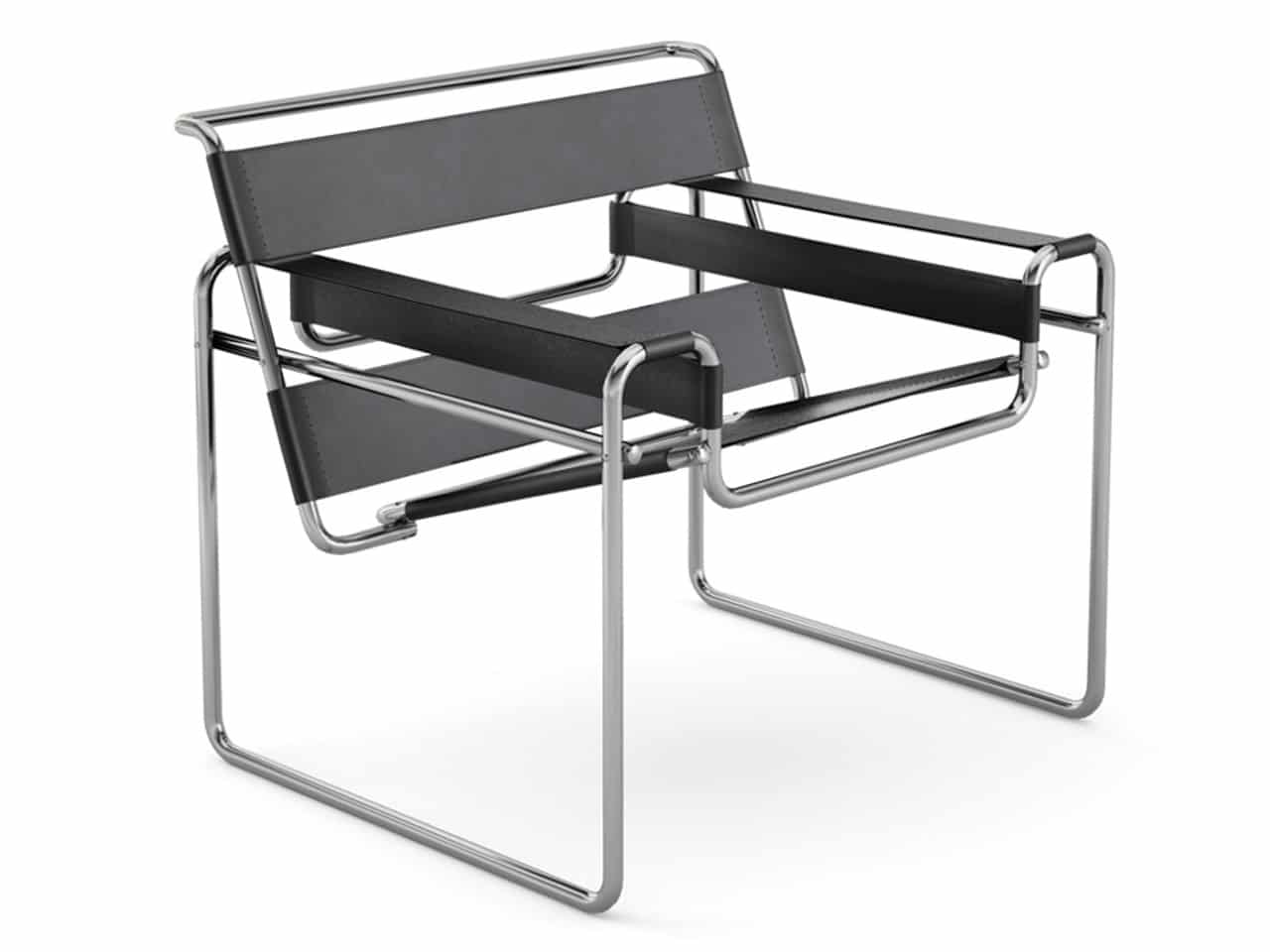Your basket is currently empty!
Marcel Breuer: The Design GOAT


When we talk about modern design, Marcel Breuer is a name that surfaces like an architectural monolith. Trained at the Bauhaus under Walter Gropius, Breuer embodied the school’s philosophy of uniting craft, technology, and aesthetics into a single, functional vision. His career wasn’t confined to one discipline – his genius traversed art, furniture, and architecture, each feeding into the other.
Marcel’s work that established him isn’t just a portfolio of buildings or objects but a legacy in a pivotal design era that blurred the lines between practicalality and aesthetics. As much as he was a craftsman, he was also an artist, reimagining how everyday structures and objects could express modern life. When we speak of Marcel Breuer art, we’re really talking about a philosophy: clarity, material honesty, and the courage to strip away unnecessary decoration in pursuit of pure form.
Interestingly, Marcel Breuer didn’t just do chairs. He had an ambition expanding across architecture itself and then integrating that into a movement. His buildings translated the Bauhaus principles into concrete and steel, creating spaces that felt both grounded and visionary.
Where other architects chased decorative flourish, Breuer embraced brutalism: a sculptural honesty where concrete revealed its raw power. His architecture was monumental but never oppressive, designed with a clarity that gave even massive forms a human rhythm.



If one object can crown Breuer as design’s GOAT, it’s the Marcel Breuer ‘Wassily Lounge Chair‘ designed in 1925. Made from tubular steel rods, inspired by the handlebars of his bike, it became a radical departure from the heavy wooden furniture of the past. The chair was skeletal, modern, and shockingly futuristic for its time.
This wasn’t just a chair – it was an idea made tangible. A piece that announced furniture could be light, industrial, and democratic. Other Marcel Breuer furniture followed, pushing material boundaries while maintaining the Bauhaus mantra: beauty through utility. Today, these pieces are no longer just functional; they’re icons collected like artworks, inhabiting both museums and minimalist apartments.
The 20th century was remade by marcel breuer buildings – icons that remain touchstones of modernism. Among the most significant structures designed by marcel breuer:

What makes Breuer’s career so extraordinary is the arc of transformation. His early Bauhaus furniture was lean, minimalist, and deliberately functional. But his architectural work swelled into monumental concrete forms that defined brutalism’s cultural DNA.
The shift was radical yet consistent: whether in tubular steel or reinforced concrete, Breuer remained devoted to truth in materials. The same philosophy that created the Wassily Chair guided the vast shells of his churches and museums. The dialogue between the intimate and the monumental – between the living room and the skyline – is the essence of marcel breuer work.
Fast-forward to today, and Breuer’s legacy is everywhere. His furniture is reissued by design houses, his buildings fiercely protected and reinterpreted, his name invoked whenever brutalism resurfaces in cultural conversation.
The cult of Breuer lies in his dual mastery: he could craft a chair so minimal it looked like a line drawing, and he could sculpt a building so monumental it reshaped the city around it. To contemporary eyes, Breuer’s designs oscillate between art object and functional tool – proof of their enduring relevance.
Marcel Breuer is the GOAT because he wasn’t content with being one thing. He was an architect, a furniture maker, an artist – and in each role, he pushed the boundaries of what design could mean. The structures designed by marcel breuer continue to define city skylines, while the marcel breuer chair remains a symbol of design purity.
To call him the GOAT is not exaggeration; it’s recognition of a legacy that proves modernism isn’t just a style, but a living, breathing philosophy. From Bauhaus classrooms to Manhattan museums, from steel tubes to sculptural concrete, Breuer’s vision endures – functional, monumental, and endlessly modern.